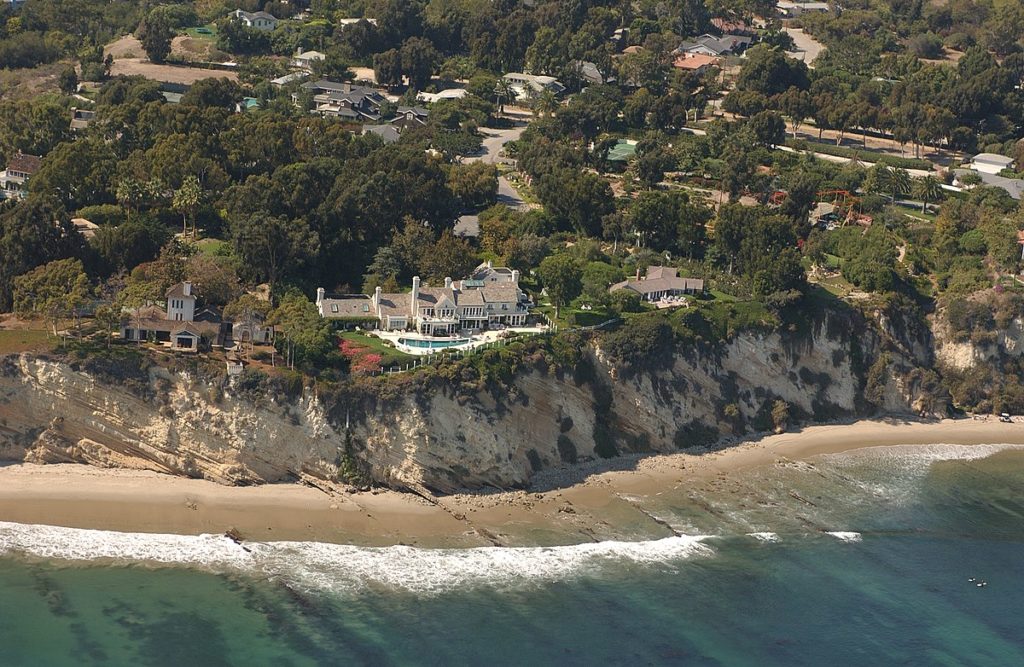2 Min Read
Understanding the Streisand Effect
You are legally prohibited from reading this article about the Streisand effect.
Doesn’t that kind of make you want to read it more? That’s the Streisand effect in action.
The Streisand effect is the idea that when you attempt to hide, remove, or censor information, it often ends up increasing awareness of that information.
The effect is named after legendary multi-hyphenate entertainer Barbara Streisand’s efforts to suppress pictures of her Malibu, CA, mansion from showing up on the internet in 2003.
The photo appeared in a series of shots documenting coastal erosion. Streisand sued photographer Kenneth Adelman for $50 million demanding that the image be removed.
Before the lawsuit, the image had only been downloaded six times – two of which were Streisand’s lawyers.
In the month after the lawsuit, more than 420,000 people visited the site.
The Associated Press then picked up the story, and the photo ran in countless news outlets around the world.
To add insult to injury, the EGOT winner lost the case and was forced to pay Adelman’s legal fees totaling more than $150,000.

Examples of the Streisand Effect
The internet is full of rundowns of other prominent examples of the Streisand effect, as well as instances of the “Reverse Streisand effect.”
Strictly speaking, the Streisand effect refers to legal action attempting to suppress information shared by an external source. But in practice, an organization’s attempt to hide or conceal information, from a deleted tweet to an edited video, can invite unwanted attention from traditional media outlets or on social channels.
That has big implications for crisis communications. It shows how most of the time, trying to force silence only creates a void other voices are all too happy to fill.
But there’s opportunity in the Streisand effect, too. Often, withholding the right amount of information can pique an audience’s interest and compel them to take action to learn more.